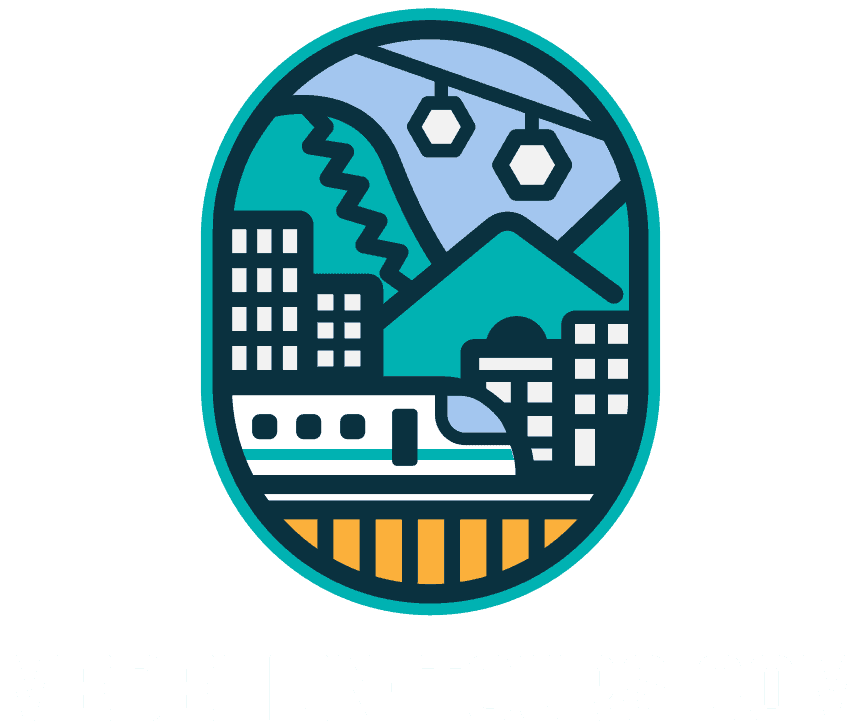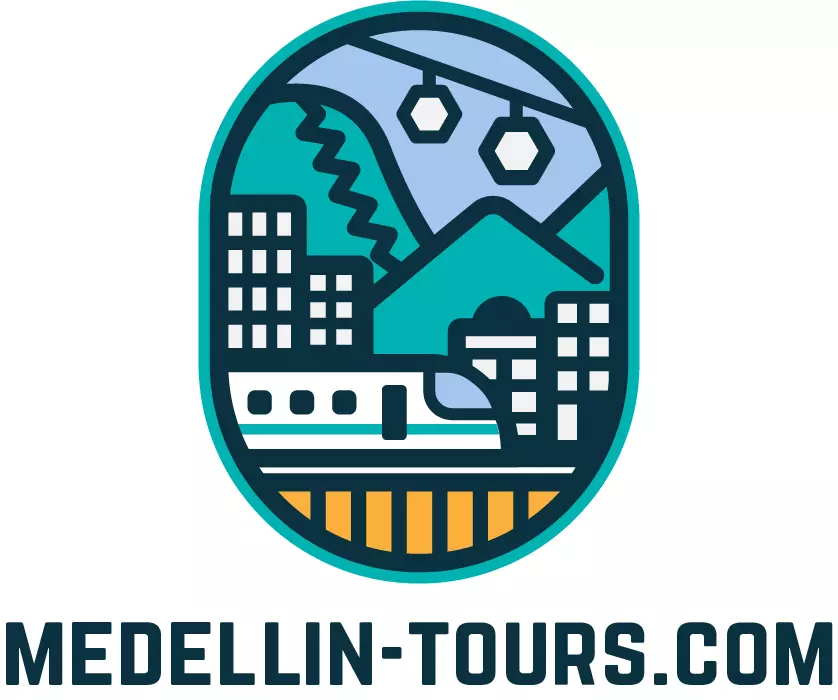
What To Expect During The Santa Fe de Antioquia tour:
This beautiful little town is located in the southwest an hour and a half from Medellin.
Santa Fe de Antioquia will welcome you with a warm climate, between 25 and 35 degrees Celsius (77 – 95 F°). Surprise yourself with Santa Fe de Antioquia´s large main square and the Metropolitan Cathedral, and of course, the beautiful vegetation of the city parks among the colonial houses, and the tamarind candies while walking through its stone streets and being accompanied by an unparalleled blue sky.
 Discover El Puente de Occidente (Bridge of the West), a phenomenal structure that was once considered the largest and most important in South America and the seventh largest in the world.
Discover El Puente de Occidente (Bridge of the West), a phenomenal structure that was once considered the largest and most important in South America and the seventh largest in the world.
Get ready for a day of sun and history, we will pick you up in our special tourist vehicles, you will make a historical and patrimonial tour of Santa Fe de Antioquia, and we will visit the Juan del Corral Museum, the Santa Barbara Church and park, the Cathedral Basilica of the Immaculate Conception with its main park. You will also visit the Church and park Nuestra Señora de Chiquinquirá. You will visit the filigree workshops in Santa Fe de Antioquia and walk over the Puente de Occidente (National Heritage).
Accompanying bilingual guide
Medical assistance card.
Highlights about Santa Fe de Antioquia
The foundation of Santa Fe de Antioquia dates back to the time of the Spanish Conquest, which took place between 1537 and 1600.
It was then called the Province of Antioquia, Santa Fe was precisely the first city to be founded on December 4, 1541, by the conqueror Jorge Robledo, in the Ebéjico Valley. For 246 years it was the capital of the department of Antioquia.
 Its prestige and importance in the region have earned it different names: ‘Cuna de la Raza’ (Cradle of the Race) and ‘Perla de Robledo’ (Pearl of Robledo).
Its prestige and importance in the region have earned it different names: ‘Cuna de la Raza’ (Cradle of the Race) and ‘Perla de Robledo’ (Pearl of Robledo).
The early settlement was due to the exploration and later exploitation of gold in the territory. Although Robledo’s troops first tried to settle in Frontino, the resistance of the indigenous population led him to settle in another place, which is why, for a time, the current Frontino was known as “Antioquia la Vieja” (Old Antioquia). In 1542, the city was moved to the Tonusco Valley, where the city is currently located.
Santa Fe became a city, that is to say, a territory of greater hierarchy with respect to other conglomerates such as villages, towns and places; because it was the center of administration and commerce of the mining business, receiving the gold production and transforming it into smelters. Thus, it was the center of the mining area constituted in colonial times, mainly by Buriticá, where the vein mines of the hill were exploited; in addition to the current municipalities of Dabeiba, Frontino, Cañasgordas, Abriaquí, and the strip of the Cauca River that goes from Anzá to Sabanalarga (Villegas, 1985, p. 12). Some of these areas also served as places for the provisioning of food for the enslaved population.
Highlights about Puente de Occidente (Western Bridge):
Few works in our country have shone as brightly as the Puente de Occidente, in Antioquia, a phenomenal structure that at the time was considered the largest and most important in South America and the seventh largest in the world.
That’s right! This suspension bridge, built between 1887 and 1895 by engineer José María Villa as a result of the modernization of coffee cultivation, became the symbol of Colombian engineering for almost five decades. and
A very interesting fact about the engineer Jose Maria Villa is that he also participated in the construction of the Brooklyn Bridge in New York.
The general characteristics of this bridge are as follows:

- Its location is 79 kilometers from Medellín.
- It is accessed by the route Medellín, San Cristóbal-Boquerón-San Jerónimo-Antioquia.
- The altitude is 550 meters above sea level
- Length is 291 m.
- The materials used are wood, iron, and steel
- It is suspended over the Cauca River.
- On November 26, 1978, it was declared a National Monument of Colombia.
“Its design consists of four pyramidal towers, two on each side of the Cauca River, which supports the four cables from which are suspended the pendulums (4 for each beam) that support the bridge deck. The cables are anchored to brick masonry structures located on each side of the banks of the Cauca River”. ( https://construyored.com/noticias/2192 -el-puente-de-occidente-y-la-historia-de-un-simbolo-colombiano)
As a curious fact, the cost of the project, $171,300 pesos at the time, was assumed by the Department of Antioquia and private individuals, especially wealthy landowners. In addition, thanks to José María Villa’s trips to the United States, the Western Bridge meets all international standards.
What To Bring For The Santa Fé de Antioquia Tour:
You’ll be able to buy food, drinks, and other essentials in Santa Fé de Antioquia (in addition to what we’ll provide on the tour), but there are a few other things to bring on the tour that will make the day go smoothly.
- Shoes that are suitable for hiking/walking and water
- Clothes for hot weather
- Camera
- Bug spray
- Sunglasses and hat
- Sunscreen
- Cash for incidental purchases




